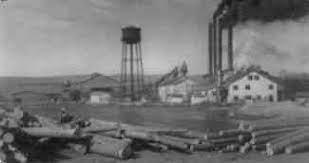Traveling the backroads, we crossed over the mountain from Dutch Creek to Fourche Valley, through the town of Gravelly and up state highway 28 before turning south on a forest road. In actuality, I didn’t know where the heck I was but it appeared to be the middle of nowhere. My guides, the Millard family, turned into a forested region marked by an Arkansas state forestry sign. We had arrived in Forester, Arkansas and there was absolutely nothing there but decaying foundations, a small lake formed for the logging industry, and a few historic markers. A once vibrant city, the largest in Scott County, had returned to its native state.
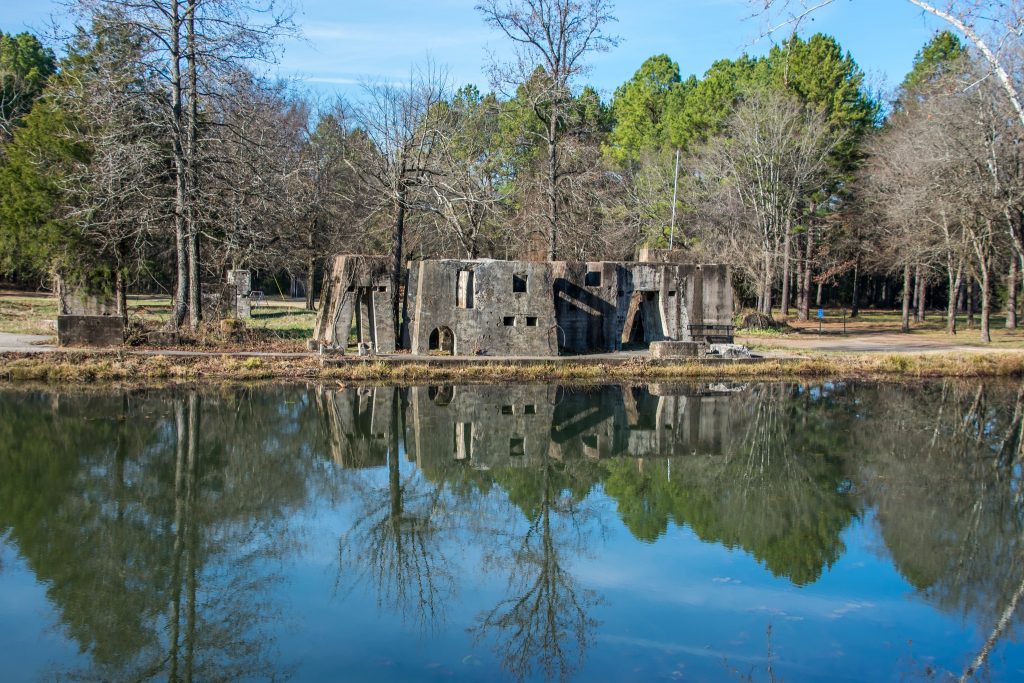
Forester was a sawmill town, founded by Thomas W. Rosborough in 1930 to harvest the wealth of pine trees in the region. Under the name of the Caddo River Lumber company, they built what was the largest lumber mill in the state at that time. The lumber shed alone measured 80 feet wide and 1,000 feet long. Millions of kiln-dried lumber was processed at the mill and distributed around the world. So large was the business that the railroad extended a line from Waldron just to haul the lumber out and goods into Forester.
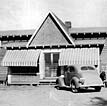
Forester was a self-contained mill meaning it was company town. The company provided church, school, theater, post office, a hotel, car lot, and even a ballpark and stadium. It had a local Masonic Lodge and a company store which would provide goods on credit to workers. A local doctor provided free health care and the companies water and light company supplied the homes with utilities found few other places in rural, depression era, Arkansas. The company marshal provided police protection, something little needed in the tight knit community.
With nearly 1,500 residents, the town was divided into sections called Cannon Town, Happy Hollow, and other communities. Progressive for his time, Rosborough provided jobs for more than 350 Afro-Americans who lived in rustic homes in the Quarters region of town.
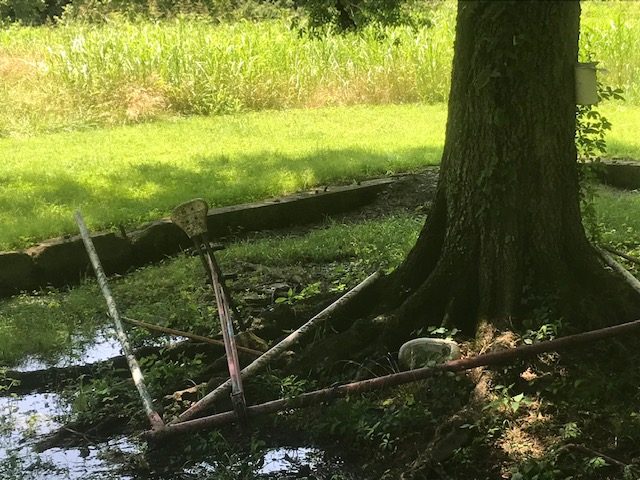
Rosborough did not practice sustainable forestry, his men simply cut the available trees and moved on. As profits decreased, he sold the mill to Dierks Lumber in 1945. According to locals, the beginning of the end began with unionization of employees. Many of the local lumber mills had voted to go union and the employees at Forester were warned it they went union; the company would leave. The vote was taken and the vote was pro-union. Within days, the mill closed, everyone fired, and the town ceased to exist. Many of the buildings were sold and moved; some of the homes are still found in Waldron. Within years, not a building was left, leaving a landscape of second growth trees and brambles surrounding dozens of foundations.
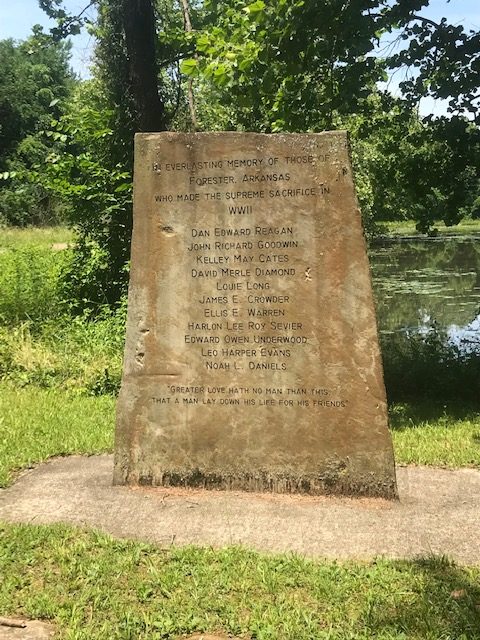
As I walk over the site, I picture in my mind what once was. I can see the huge sawmill, smoke puffing from the engines that powered it. The smell of pine and creosote fill the air and the pond is full of logs, soaking up water that will allow the easy removal of tree bark. Model T’s line the streets where stores once stood and the sound of the piano echoes through the open door of the church. The sounds of kids at play drifts from the nearby schoolyard.
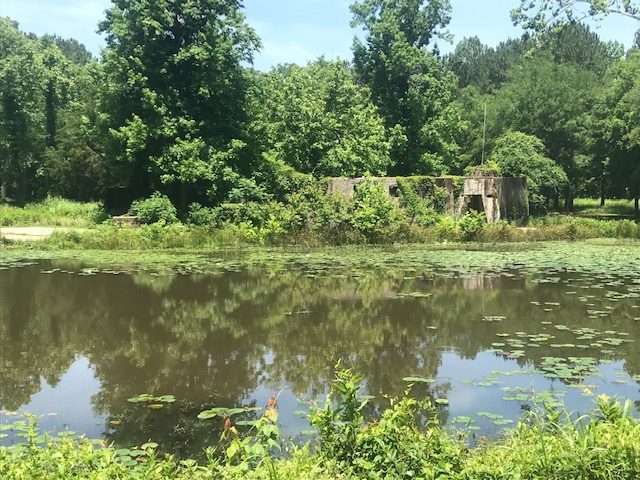
With a shake of my head, my mind clears. The buildings disappear in vapor and a solitary broken down swing is all that is left in the school yard. Nothing remains of the once vibrant town and I am again in the middle of nowhere!

